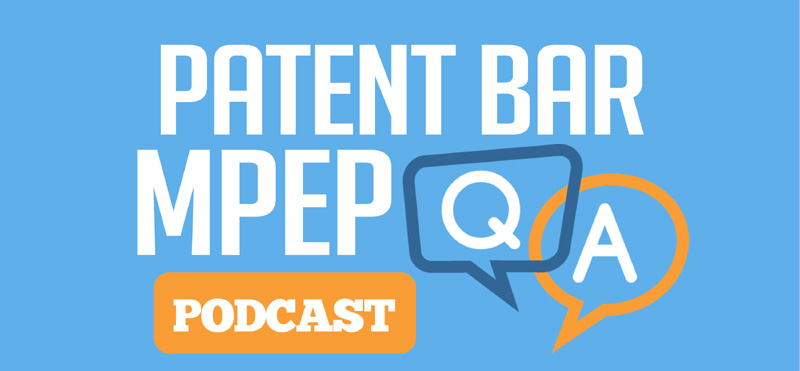
Podcast: Play in new window | Download
Subscribe: Apple Podcasts | RSS
Question:
What are some examples of rationales that may support a conclusion of obviousness?
Answer:
Examples of rationales that may support a conclusion of obviousness include:
- (A) Combining prior art elements according to known methods to yield predictable results;
- (B) Simple substitution of one known element for another to obtain predictable results;
- (C) Use of known technique to improve similar devices (methods, or products) in the same way;
- (D) Applying a known technique to a known device (method, or product) ready for improvement to yield predictable results;
- (E) “Obvious to try” – choosing from a finite number of identified, predictable solutions, with a reasonable expectation of success;
- (F) Known work in one field of endeavor may prompt variations of it for use in either the same field or a different one based on design incentives or other market forces if the variations are predictable to one of ordinary skill in the art;
- (G) Some teaching, suggestion, or motivation in the prior art that would have led one of ordinary skill to modify the prior art reference or to combine prior art reference teachings to arrive at the claimed invention.
Chapter Details:
The answer to this question can be found in chapter 2100 of the MPEP. This chapter covers Patentability.
The answer is from the 9th Edition, Revision 10.2019. Depending on future changes to the MPEP, the question and answer may or may not be applicable in later Editions or revisions.
Section Summary:
This question and answer comes from section 2143 of the MPEP. The following is a brief summary of section 2143.
2143 Examples of Basic Requirements of a Prima Facie Case of Obviousness
This section provides examples of basic requirements of a prima facie case of obviousness including exemplary rationales.
